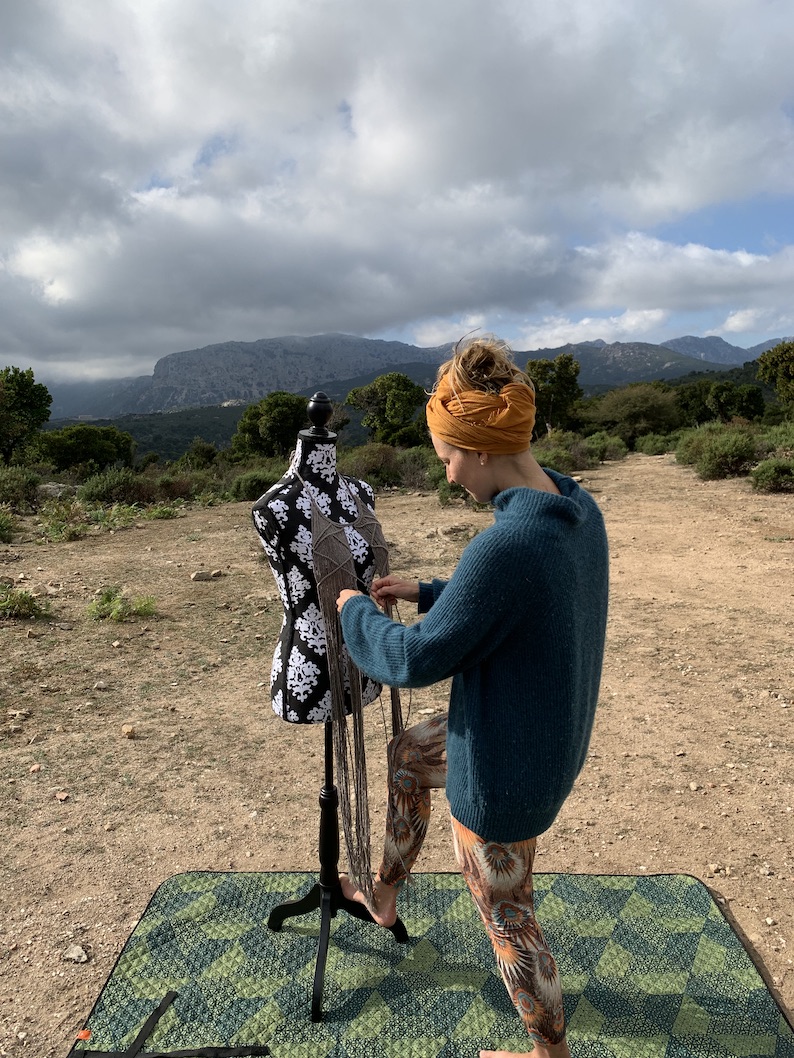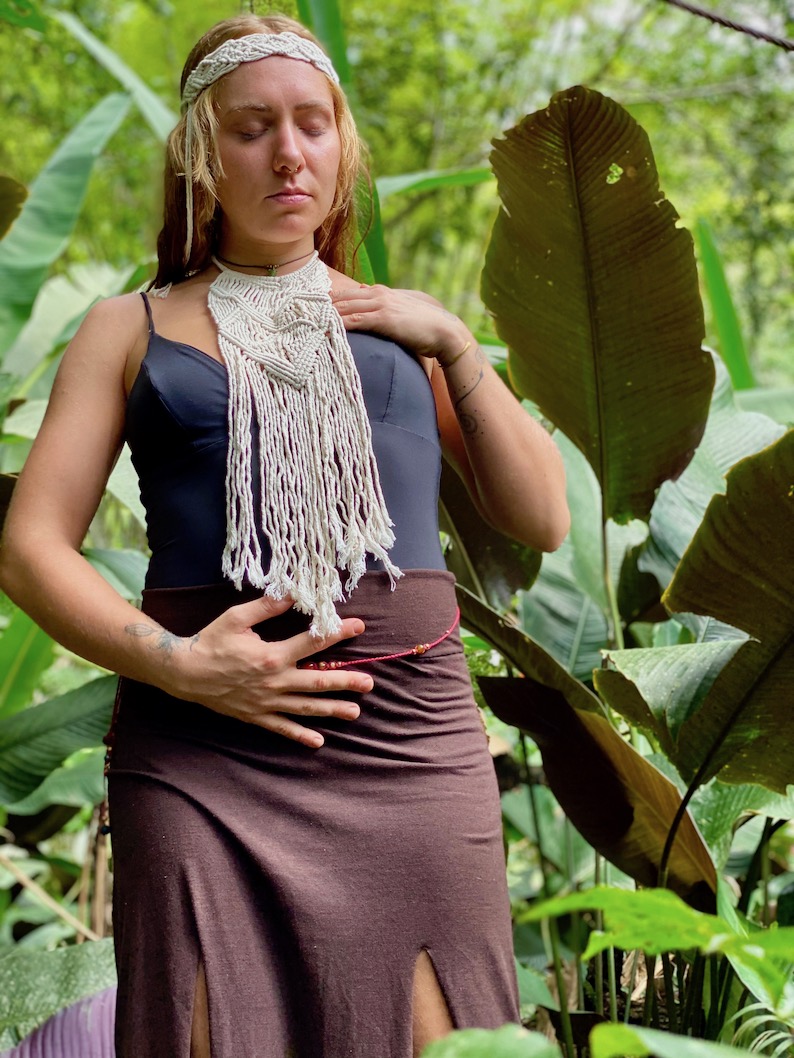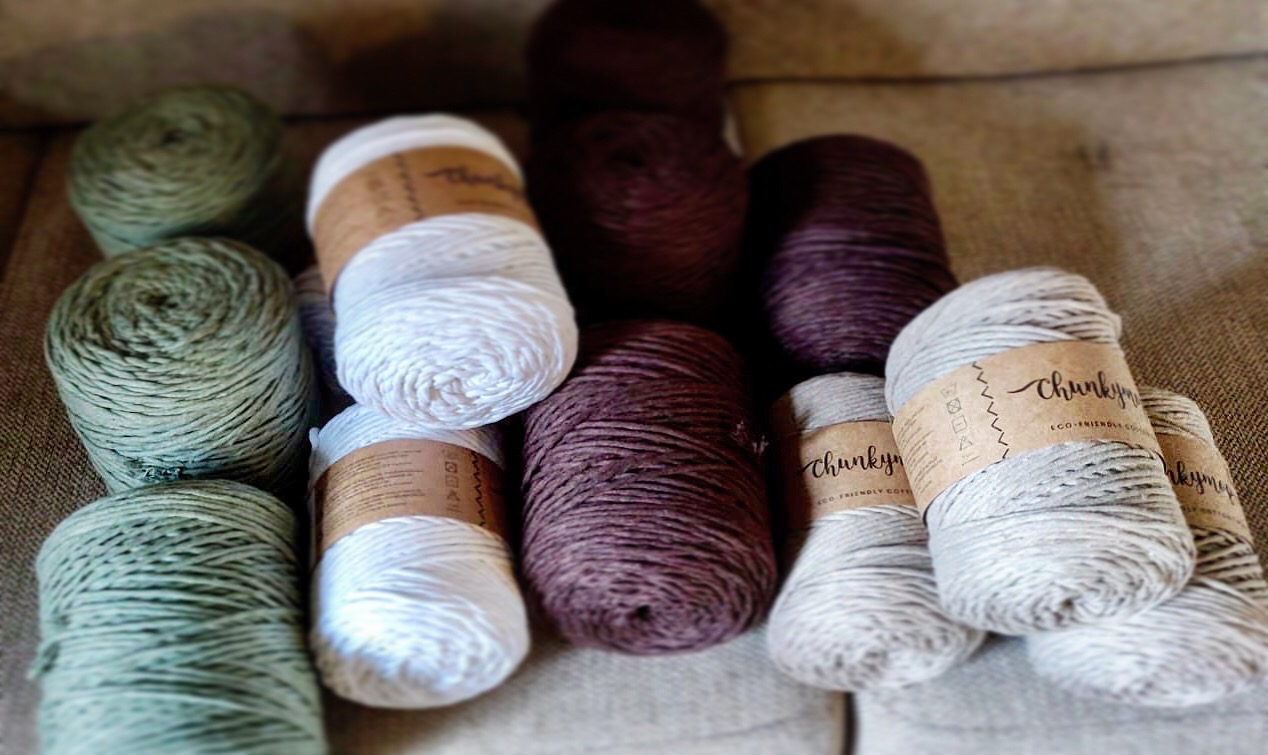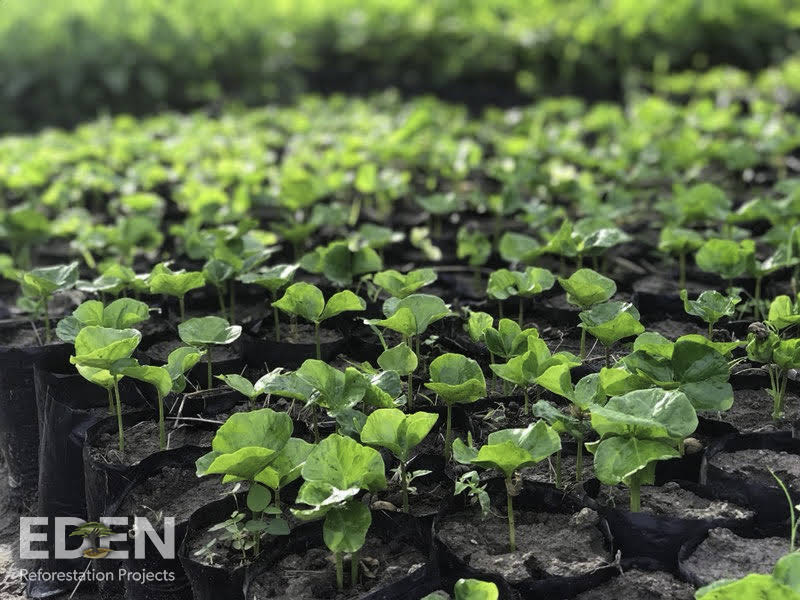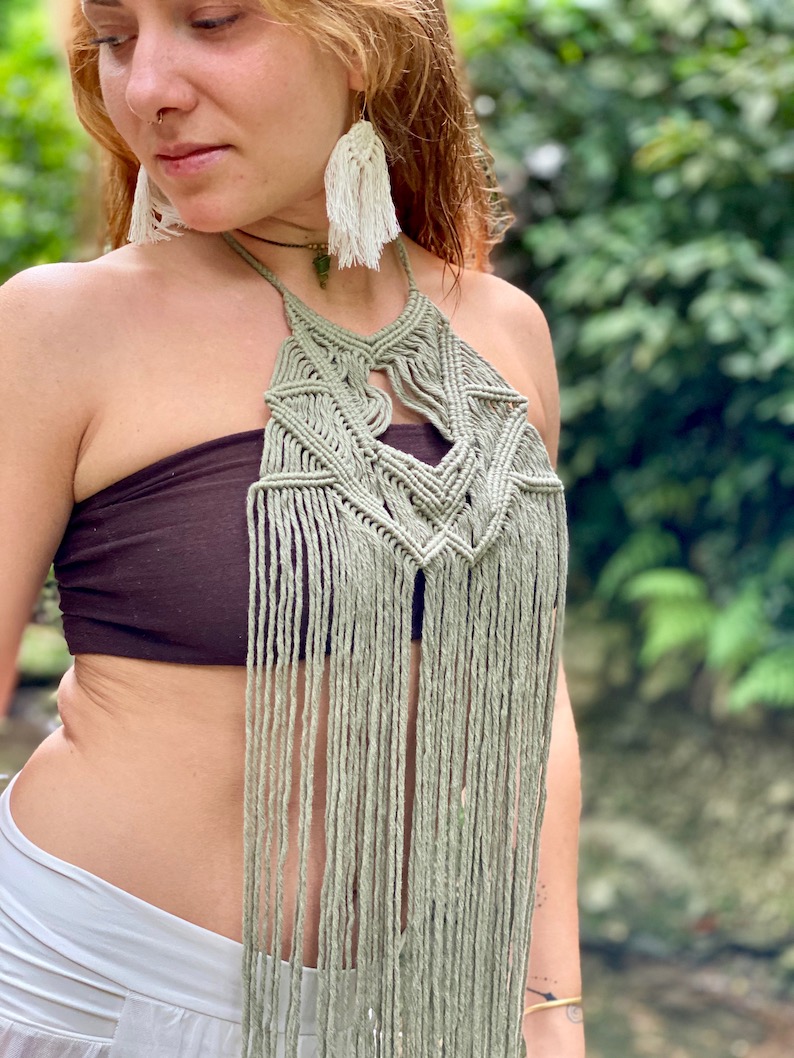All about sustainable slow fashion
There is no such thing as being 100% sustainable with fashion. But there is different ways of approaching the topic that you can learn from, to become more sustainable consumer, and to decide where you stand.
'More sustainable fashion'
The two perspectives
It is important to remember that there is two perspectives to the story: that of brands and that of consumers. For brands this means producing in a way which is the most considerate of humanity and the environment. The goal is to have a system which works without leaving an adverse footprint. For consumers this means thinking about what you buy, knowing which ethics you are supporting through your purchases, and also asking yourself if you are really going to wear that new piece to the extent that it was worth being made.

From 'fast fashion' to 'slow fashion'
Slow fashion is a movement of designing, creating, and buying garments and textiles for quality and longevity. Slow fashion is an awareness and approach to fashion, which considers the processes and resources required to make clothing, particularly focusing on sustainability. On the consumer approach it involves buying better-quality garments that will last for longer and values fair treatment of people, animals and the planet.
Slow fashion garments are normally made by hand, and therefore consume time to produce. The whole creation process has an artistic approach, and the creations are unique because of the exclusive touch. The products are considered to be durable and better in quality, and therefore more expensive than their counterparts. Often slow fashion brands are engaging with environmentally friendly practices too. Slow fashion represents values that are socio-economically high, and do not exploit either land or human resources. They generally compensate their carbon footprint in collaborations with environmental or other projects where they either donate, or work together in other ways to raise awareness.
Fast fashion, as a contrary, is a term used by retailers and designers to describe a widely implemented phenomenon and an enterprise model to make big profit, and often unfortunately in problematic ways. Fast fashion is not appealing to the environment either. The excessive textile production that needs to keep up with fast fashion requirements endure overwhelming CO2 and greenhouse gas emissions. In addition to polluting the air, fast fashion is also polluting the earth's water. I mean, think about it: in order to produce one t-shirt it takes 2,700 litres of water! And on top of this, we live in a world where artisan coffees can cost more than T-shirts. This is the world of fast fashion and that is a major problem.
Sustaining a healthy body image in fashion
Sustainability in fashion means also how we sustain a healthy body image that has gotten a bit twisted throughout the years in fashion industry defined marketing which idealizes skinny, nearly anorectic models. Everyone has a right to feel comfortable and confident in their own skin and we can take small actions in our daily lives to help foster a more accepting environment.
TAIKA's mission is to promote healthy body image and support self empowerment and raise self-love amongst women through body positive marketing and message. Instead of dropping comments about body related dissatisfaction, we could be focusing more on the functionality of our body, and the positive things that it can do for us. This may help to support and improve body image. It is again just a matter of creating new habits in order to implement new traditions in our conversing culture.
Another common response to the research linking body dissatisfaction with exposure to idealised bodies in the media is to suggest the inclusion of 'disclaimer' or 'warning' labels on advertisements in which models have been edited for delivering an honest picture. Until that we can promote non-photoshopped pictures by bringing transparency by hashtags and so on.
How can I influence as a consumer?
What is TAIKA doing for sustainability?
Recycled fashion
TAIKA is using only 100 % recycled materials in producing the products. All TAIKA products are consciously handcrafted locally in Europe.
Social Impact business
TAIKA is donating 1,00 € from every purchase to a reforestation NGO called Eden Projects, which is equivalent to planting 5 trees in Nepal, Madagascar, Haiti, Indonesia, Mozambique and Kenya.


